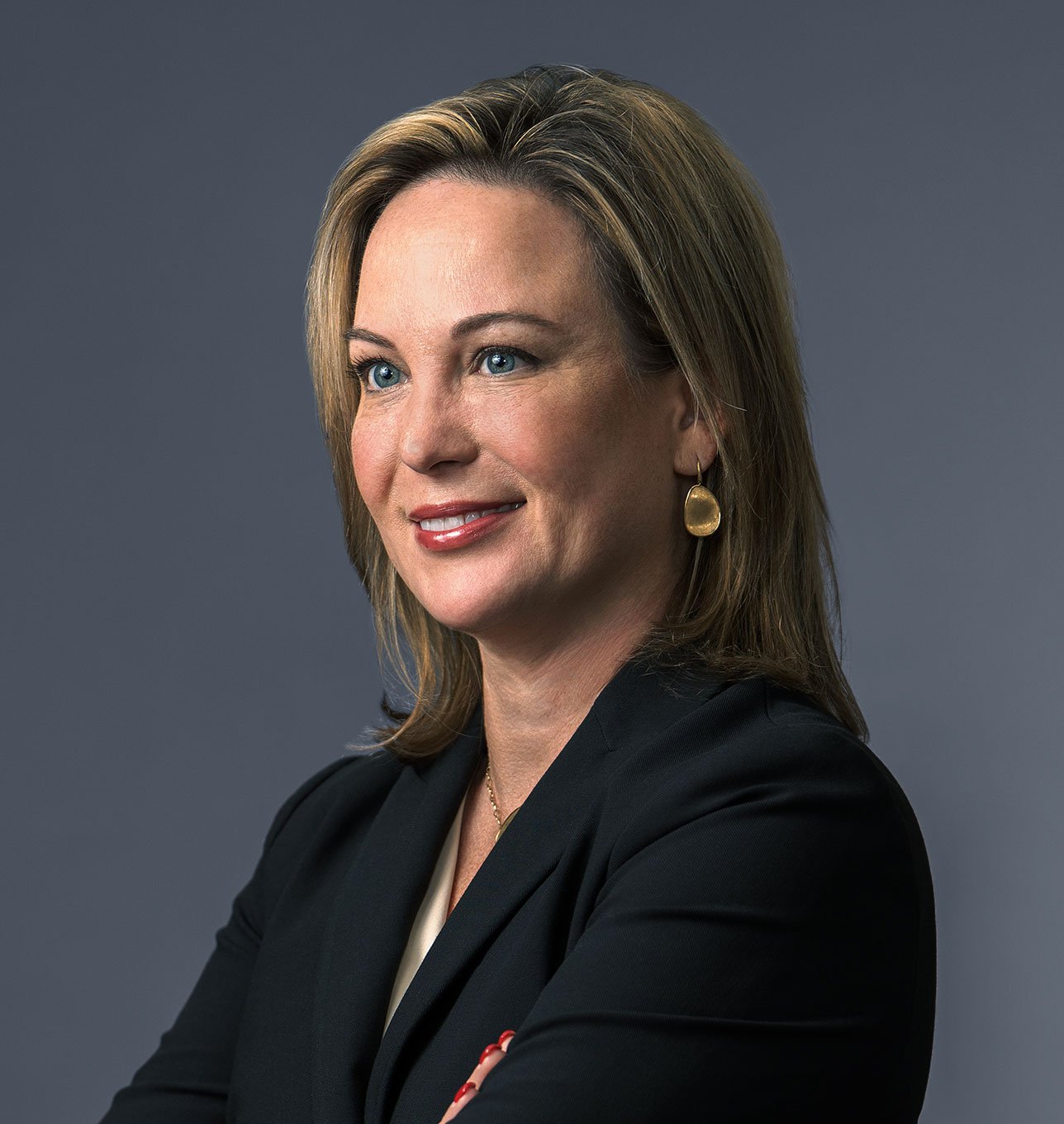Subscription Finance: Rated Note Feeder Funds and Debt Capital Commitments
Insurance company investors are increasingly looking to invest in private equity and similar private investment funds via debt capital commitments (as opposed to traditional equity capital commitments) to take advantage of improved regulatory capital treatment, including under the risk-based capital system established by the US National Association of Insurance Commissioners (the “NAIC”). Fund sponsors have responded to this request by using a rated note feeder structure, where a feeder fund issues notes under a note purchase agreement to an investor (instead of requiring a traditional equity capital commitment) and obtains a strong credit rating on such notes that results in a much more favorable NAIC risk-based capital treatment.
As noted in our prior Legal Updates, debt capital commitments have historically been classified as ineligible for borrowing base inclusion in subscription facilities. This is due to the uncertainty of whether such debt capital commitments would be enforceable under Section 365(c)(2) of the US Bankruptcy Code if the applicable fund was ever subject to a bankruptcy proceeding.1 The concern centers on whether the debt capital commitment would be determined to be an “executory contract” to “make a loan, or extend other debt financing or financial accommodations to or for the benefit of the debtor.” If so, the obligation could be rendered non-assumable by the fund or its bankruptcy trustee (and thus non-enforceable by the fund, its bankruptcy trustee, or the fund’s lenders).
In an attempt to address this concern while responding to the market need for debt commitments presented by insurance companies, some sponsors have started using hybrid debt/equity capital commitments that start as a debt capital commitment but “convert” to an equity capital commitment upon the occurrence of an event of default or similar triggering event under the subscription facility (such as a bankruptcy or insolvency of the fund). While this type of conversion feature is untested in litigation, there is a concern that a bankruptcy court could view it to be unenforceable under section 365(e) of the US Bankruptcy Code, which provides a contractual agreement that terminates or modifies an executory contract conditioned or triggered by the occurrence of an insolvency, the commencement of a bankruptcy case or similar event is not enforceable in a bankruptcy proceeding (this concept is often referred to as an “Ipso Facto Prohibition”). Accordingly, many subscription lenders have objected to the “conversion approach” for a hybrid debt/equity capital commitment. There are, however, two approaches that are gaining traction in the market that do not raise the same Ipso Facto Prohibition issues: First, a “day-one” equity capital commitment approach and, second, a bankruptcy remote feeder fund approach. We explore both of these approaches below.
“Day-One” Equity Capital Commitment
At a high level, the day-one equity capital commitment approach provides that the investor subscribe to a shared equity/debt capital commitment on “day-one.” This shared capital commitment can be called in the form of debt via a note purchase agreement or equity via a traditional capital call at the option of the fund or subscription lender, and any debt or equity funding will reduce the shared capital commitment on a dollar-for-dollar basis. Since the capital commitment includes an equity component on “day-one”—and does not convert from one form of capital commitment to another form of capital commitment based off of a bankruptcy-type event – this day-one equity capital commitment approach is not likely to raise the same level of potential Ipso Facto Prohibition concerns as the conversion approach described above.
The day-one equity capital commitment approach works for insurance company investors because the NAIC’s risk-based capital treatment is determined by actual funded investments. Thus, the mere possibility of the capital commitment being funded in equity would not negatively affect the investor’s regulatory capital treatment unless the investor actually makes an equity capital contribution. To provide the investor comfort that, in the normal operating course, the preferable regulatory capital treatment will be achieved by calling debt, the organizational documents of the rated feeder fund can even be structured with conditions precedent for making an equity capital call. For example, an equity capital call could be conditioned upon (1) the occurrence of an event of default under the subscription facility, (2) an investor failing to actually fund the debt capital commitment and/or the fund being unable to call the debt capital commitment, or (3) the fund being insolvent and/or subject to a bankruptcy proceeding.
Bankruptcy-Remote Rated Debt Feeder Funds
Whereas the day-one equity capital commitment approach focuses on structuring the capital commitment to be enforceable in a bankruptcy proceeding, the second approach focuses on minimizing the risk that the feeder fund will be subject to a bankruptcy in the first place by structuring the feeder fund as a bankruptcy-remote special purpose vehicle (an “SPV”). In other words, an SPV structure does not seek to address the legal bankruptcy-related risks associated with debt capital commitments but instead is intended to diminish the likelihood of the occurrence of a bankruptcy proceeding of the feeder fund impacting the debt capital commitment of the investors. Important features of an SPV include, among other items, provisions in its organizational documents that (1) require an independent director or independent manager of the feeder fund to explicitly approve any bankruptcy filing on the part of the feeder fund or other material actions that could give rise to an insolvency proceeding, (2) limit the feeder fund’s corporate actions (including incurrence of indebtedness other than obligations to the lender) and require it to maintain corporate separateness from the underlying master fund, and (3) prohibit modifications to the organizational documents without the independent director/manager’s consent and the consent of subscription lenders while any subscription facility obligations are outstanding. Subscription lenders will also want to seek an express acknowledgement that the investors of the feeder fund and other lenders (if any) will not seek to commence, or otherwise support, any bankruptcy or insolvency proceeding of the feeder fund. Although these types of customary SPV provisions could add some incremental cost to the establishment of the SPV (including legal structuring costs and expenses related to opinions required to be delivered as part of the subscription facility closing from fund formation counsel to the feeder fund) and the maintenance of the bankruptcy remote structure (including the annual fees of the independent director/manager), such SPV protections are well-established in the structured finance space and frequently relied on in structured financing transactions. To the extent that it is able to obtain these protections, a subscription lender may be willing to include debt capital commitments in the borrowing base on account of the diminished likelihood of a bankruptcy of the feeder fund.2
Conclusion
As more investors look to invest via debt capital commitments, we expect the market will embrace the “day-one” equity capital commitment approach as the preferred approach to borrowing base inclusion. So too, given that many subscription lenders are well-versed in bankruptcy remote vehicles given their familiarity with structured finance transactions, we expect more subscription lenders will start giving loanable value to debt capital commitments so long as the feeder fund is structured as a bankruptcy remote vehicle. Accordingly, sponsors should strongly consider employing one or, ideally, both of these techniques in order to unlock more loanable value on their subscription facilities.
Please contact us if we can provide any additional information or assistance related to this topic.
Kiel A. Bowen
kbowen@mayerbrown.com
+1 704 444 3692
Todd N. Bundrant
tbundrant@mayerbrown.com
+1 312 701 8081
Mark C. Dempsey
mdempsey@mayerbrown.com
+1 312 701 7484
Ann Richardson Knox
aknox@mayerbrown.com
+1 212 506 2682
1 For discussion of enforceability of Equity Capital Commitments, please see Enforceability of Capital Commitments in a Subscription Credit Facility | Perspectives & Events | Mayer Brown, and for discussion of enforceability of Debt Capital Commitments, please see Microsoft Word - Mayer Brown_Enforceability of (Debt) Commitments Spring 2016.docx.
2 Note that the SPV structure assumes that the capital commitment of the SPV to the underlying master fund is an equity capital commitment and there is no debt capital commitment component that needs to be addressed at that level of the structure.





